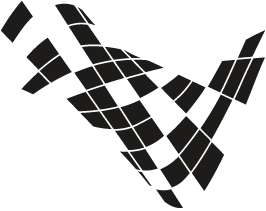Research interests:
My research interests include using numerical models to aid structural health monitoring (SHM) methodologies, uncertainty quantification with an importance on understanding model-test discrepancies and the application of machine learning technologies in SHM.
Current research:
My current research is in novel approaches to model-based SHM. Currently there are two main categories of approaches to SHM. The first are data-driven approaches that use data obtained from the structure combined with machine learning techniques to detect changes due to damage. The second are model-driven techniques which use numerical models that are updated using an inverse approach as data is obtained from the structure. These methods both have several challenges to their implementation, the former being restricted by the availability of appropriate data and the latter from the effect of uncertainties associated with non-calibrated model parameters and model-form errors.
The intention of my current research is to integrate simulated statistically representative damage state data from numerical models into the data-driven approach to SHM therefore improving the problems associated with a lack of experimental data. The work involves the use of Bayesian calibration and bias correction techniques in order to overcome model-test discrepancies and to capture associated uncertainties.

Publications:
See Google Scholar

